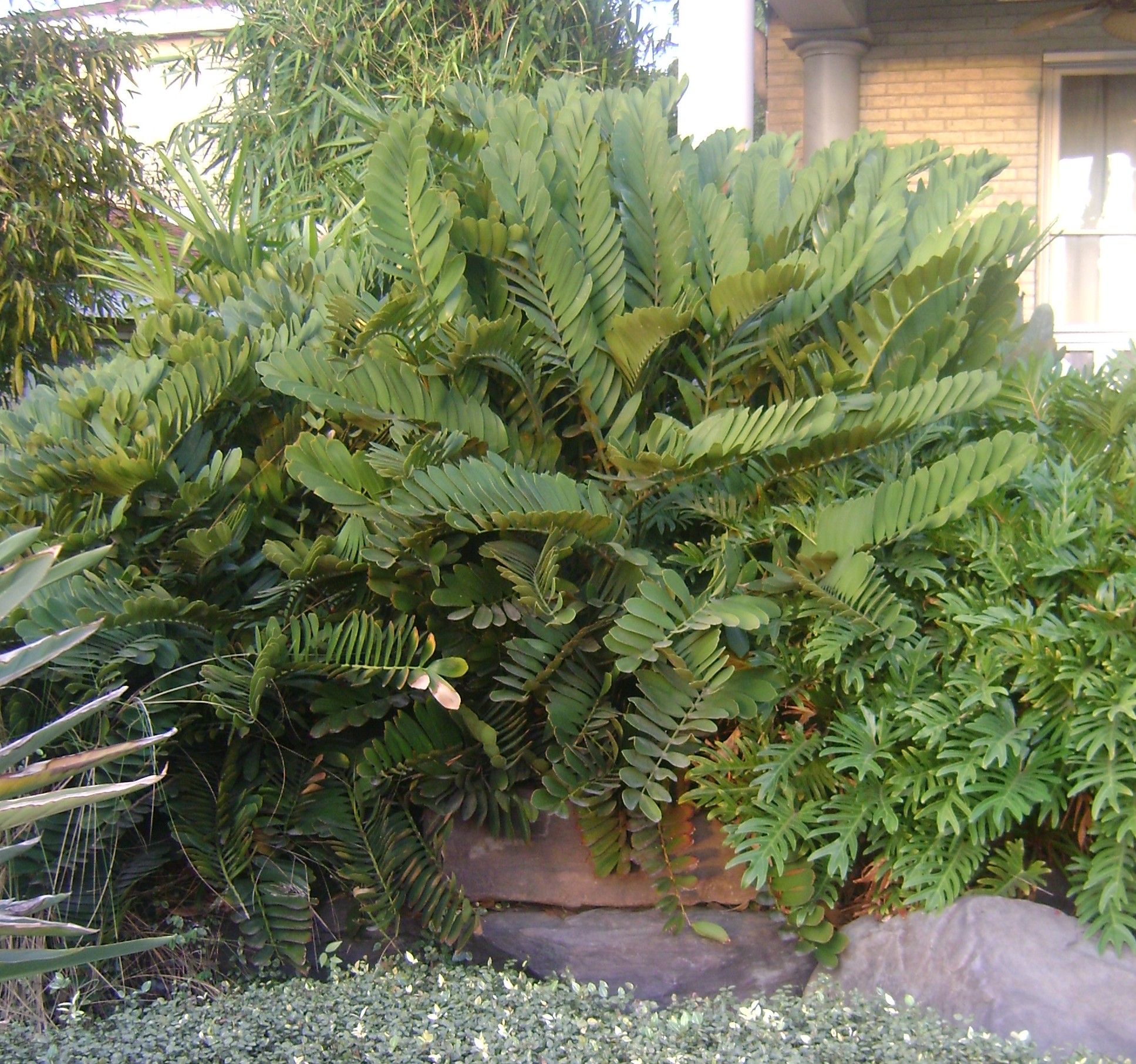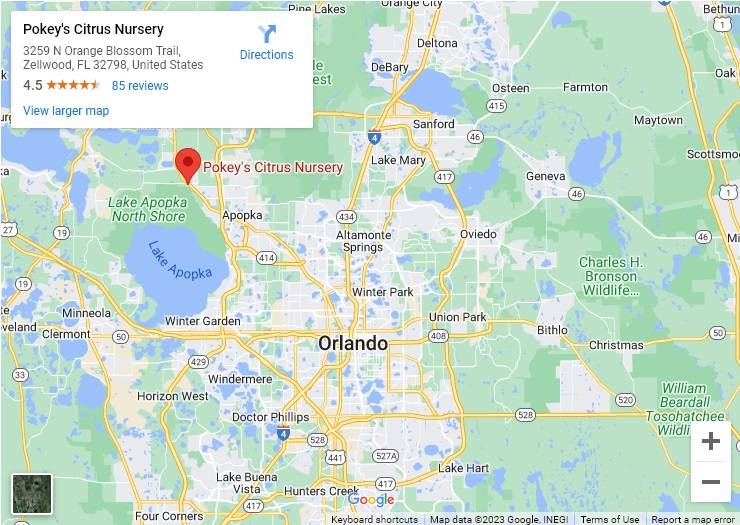Relatives of the unusual cardboard plant have been around since the age of the dinosaurs.
The many long and arching frond-like branches of the cardboard plant rise from a large central storage root, or bulb. The branches grow in a loose, spiraling pattern. The leaves are distinct, serrated, bright spring green, wide and leathery or cardboard-like to the touch. The cardboard plant flowers in cone-like inflorescences, much as the sago does. Also like the sago, cardboard plants produce pups that grow into new cardboard plants. The cones contain bright red seeds that, along with the rest of the plant, are poisonous to both people and pets.
The slow-growing cardboard plant does well in both sunny and shady locations, indoors and out. It’s not particular about soil type and is extremely drought resistant. Care should be taken not to overwater once the plant is established. In Florida, annual rainfall is often sufficient, except during very dry years. Fertilization needs are minimal. Outdoors, cardboard plants may be pruned to remove dry branches or to shape.
Use the cardboard plant in groupings to fill flowerbeds, as a specimen, or as a border along walkways and frontages. The cardboard plant thrives indoors when kept in a warm, sunny location near a window or on an
enclosed patio.


